Introduction
Childhood abuse remains a dire global issue. It affects millions of children, inflicting deep psychological, emotional, and physical scars. According to the Centers for Disease Control and Prevention (CDC), a staggering 1 in 4 girls and 1 in 13 boys experience some form of abuse. These figures paint a grim picture of a world where innocence is overshadowed by trauma. The impact of childhood abuse extends far beyond the immediate harm. Victims often carry the weight of their experiences into adulthood, facing mental health issues, academic struggles, and relationship difficulties. The emotional toll can manifest as anxiety, depression, and a cycle of violence that perpetuates for generations. For those seeking to understand these effects deeply, The Body Keeps the Score is a must-read. Understanding these statistics is vital. They serve as a wake-up call to society, emphasizing the need for awareness and action. Visual representations, such as images and infographics, can profoundly impact the way we perceive and respond to this issue. A well-crafted image can evoke empathy, spark conversations, and inspire change. In this article, we aim to dissect the statistics surrounding childhood abuse, coupled with impactful images that illustrate these findings. Our goal is to create a comprehensive resource that not only informs but also motivates readers to take action. By shedding light on this often-taboo subject, we hope to foster an environment where every child is protected and cherished.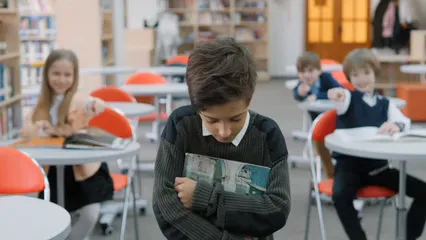
Understanding Childhood Abuse
Definition of Childhood Abuse
Childhood abuse encompasses various forms of maltreatment, including physical, emotional, sexual abuse, and neglect. Physical abuse involves intentional harm, such as hitting or burning. Emotional abuse, often less visible, includes verbal attacks and constant criticism, leaving lasting scars on a child’s self-esteem. Sexual abuse can involve inappropriate touching or exploitation, while neglect refers to a caregiver’s failure to provide basic needs like food, shelter, and love. Statistics reveal the staggering reality of childhood abuse. Globally, it’s estimated that 1 billion children experience sexual violence, highlighting the urgent need for intervention. In Europe, about 1 in 5 children face similar horrors. These figures are not just numbers; they represent lives shattered and futures compromised. For parents and professionals looking for guidance, Childhood Trauma: A Practical Guide for Parents and Professionals provides essential insights.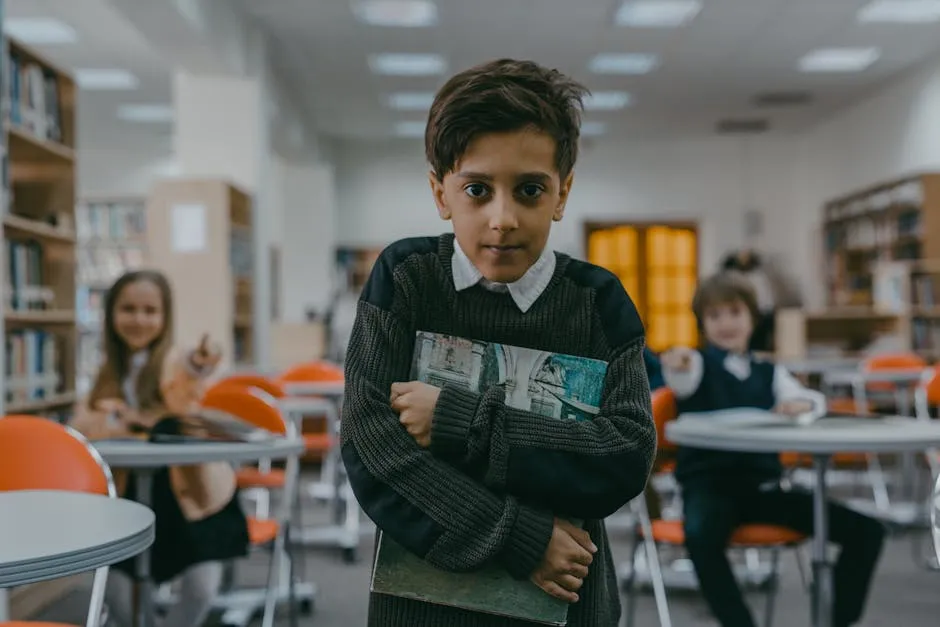
The Impact of Childhood Abuse
The long-term effects of childhood abuse are profound. Survivors may wrestle with mental health issues, including depression and post-traumatic stress disorder (PTSD). Educational challenges often arise, as victims struggle to focus and succeed in school. Alarmingly, studies indicate that 70% of individuals who were abused as children may go on to become abusers themselves. This cycle of violence emphasizes the importance of breaking the chain and providing support to those affected. For those navigating these challenges, Healing the Child Within offers valuable recovery strategies. Recognizing the signs of childhood abuse is crucial. Changes in behavior, unexplained injuries, and withdrawal from social interactions are red flags. With awareness and education, communities can take proactive steps to protect vulnerable children and provide the necessary resources for recovery. By acknowledging the definitions, statistics, and impacts of childhood abuse, we empower ourselves to confront this issue head-on. Let’s turn our attention to the current statistics that reveal the true scope of this crisis.
Current Statistics on Childhood Abuse
National Statistics
Childhood abuse is a pressing concern in the U.S., with staggering figures revealing the harsh reality faced by many children. According to the Centers for Disease Control and Prevention (CDC), around 1 in 4 girls and 1 in 13 boys experience some form of abuse during their childhood. In 2022 alone, an estimated 1,990 children tragically died due to abuse and neglect, marking a continued increase in fatalities over the past five years. If you’re curious about the emotional impact of such statistics, an insightful read is Emotional Abuse: The Invisible Weapon. Further data from the National Center for Missing and Exploited Children (NCMEC) indicates that there were over 3 million reports of child abuse made annually. This statistic reflects just the tip of the iceberg, as many cases go unreported or unnoticed. In fact, in 2022, the number of unique incidents of child abuse and neglect reached approximately 558,899, meaning about 8 out of every thousand children were known victims. Neglect remains the most prevalent form of child maltreatment, affecting about 74% of reported cases. Physical abuse constitutes around 17%, while sexual abuse accounts for 10.6%. Alarmingly, cases of psychological mistreatment are also on the rise, affecting 6.8% of children. The numbers highlight a pattern that underscores the urgent need for intervention and support systems to protect vulnerable children. For a deeper understanding of recovery methods, check out The Trauma Recovery Workbook.
Global Statistics
The global landscape of childhood abuse is equally alarming. According to the World Health Organization (WHO), an estimated 1 billion children worldwide are subjected to sexual violence. This staggering figure emphasizes that abuse knows no borders and affects children from all walks of life. In Europe, roughly 1 in 5 children report experiencing sexual violence in their lifetime, a statistic that raises serious concerns about child safety across the continent. For those seeking personal growth, The Gifts of Imperfection is a fantastic resource. In many low- and middle-income countries, data on child maltreatment is scarce. However, recent surveys indicate that physical punishment and psychological violence are common experiences for children, with nearly three-quarters of children aged 2 to 4 years facing such treatment from caregivers. Furthermore, in conflict and refugee situations, girls are particularly vulnerable to sexual exploitation, highlighting the severe risks faced by marginalized populations.
Demographic Breakdown
When we break down the statistics by age and gender, the disparity in abuse rates becomes evident. Younger children, especially those under the age of 1, are the most vulnerable, with 15% of all victims in their first year of life and more than 27% being 2 years old or younger. Gender differences also play a role, as girls face a victimization rate of 8.2 per 1,000 compared to boys at 7.1 per 1,000. To better understand the psychological impact, The Drama of the Gifted Child is a poignant exploration. Ethnic and socioeconomic factors significantly influence the prevalence and reporting of childhood abuse. For instance, African-American children have a much higher fatality rate from abuse, with statistics showing a rate of 6.37 per 100,000, compared to 1.99 for white children and 1.68 for Hispanic children. The economic burden of child abuse is staggering, with estimates suggesting that the lifetime costs associated with abuse and neglect exceed $592 billion in the U.S. alone. For those looking for healing methods, The Power of Vulnerability provides excellent insights.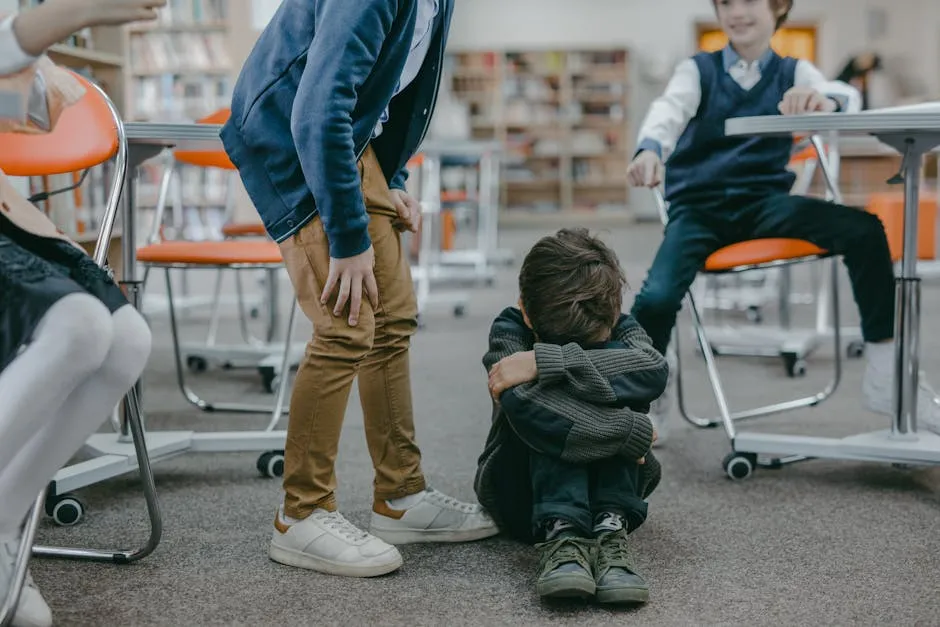
Case Studies
Real-Life Stories: The resilience of children who have endured abuse is nothing short of inspiring. Take, for example, the story of a young girl named Sarah. After suffering emotional neglect and physical abuse in her early years, Sarah found refuge in a supportive foster home. With the help of compassionate caregivers and therapy, she transformed her life. Today, she advocates for other abuse survivors, proving that healing is possible. For those interested in therapeutic approaches, Therapy Games can be a fun way to engage children in recovery. Another powerful case is that of James, a boy who experienced bullying and physical abuse at school. After reaching out to a teacher, he received the guidance he needed. Through counseling, James learned to express his feelings and build self-esteem. Now, he volunteers with at-risk youth, helping them navigate their own challenges. For anyone struggling with emotional healing, The Emotionally Abusive Relationship offers practical advice.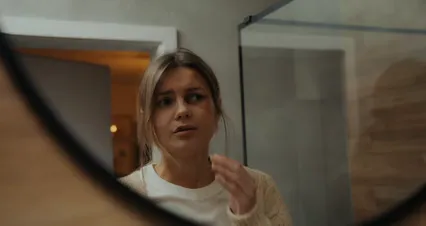
Warning Signs of Childhood Abuse
Recognizing the Signs
Childhood abuse can manifest in various subtle and overt behaviors. Recognizing these signs is crucial for timely intervention. Watch for significant changes in a child’s behavior, such as withdrawal from friends or activities they once enjoyed. Sudden changes in academic performance can also indicate distress. If you’re looking for resources to help children cope, Mindfulness for Beginners is a fantastic starting point. Unexplained injuries, like bruises or burns, are alarming red flags. They may signal physical abuse or neglect. Children showing signs of anxiety, fear, or depression may be suffering in silence. Additionally, if a child exhibits inappropriate sexual behavior or language, it may indicate exposure to sexual abuse. Neglect is another form of abuse that may be less visible. Children who frequently appear unkempt, hungry, or inadequately dressed for the weather may be victims of neglect. Lastly, a child who seems overly secretive or fearful of adults should raise concern among caregivers.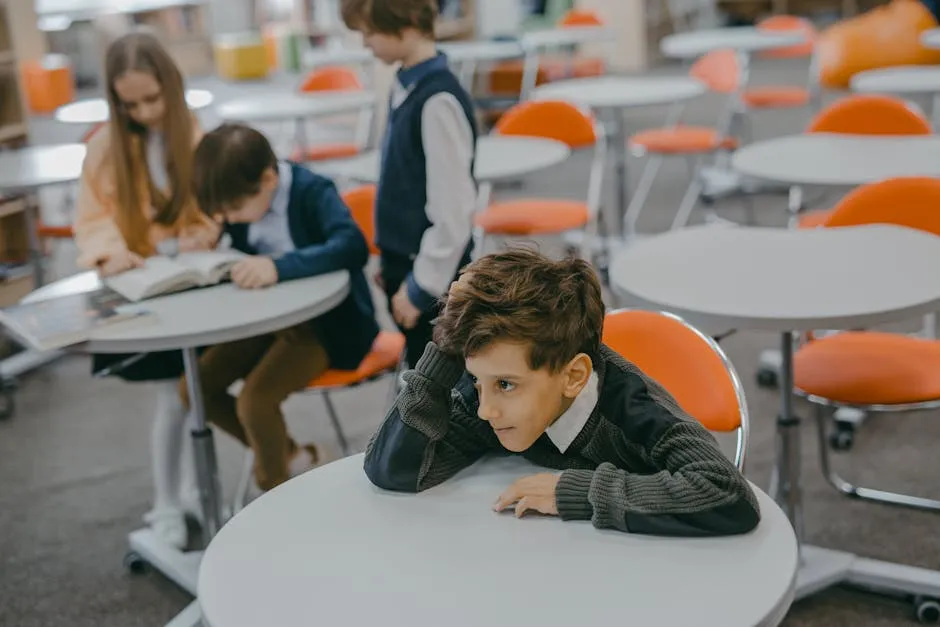
Visual Aids
To illustrate these warning signs effectively, images can convey the emotional state of affected children. For instance, a photograph of a sad, withdrawn child can powerfully represent the internal struggles faced by abuse victims. Educational infographics can summarize these signs in a visually appealing manner, making it easier for adults to recognize them. By using relatable visuals, we can foster understanding and encourage proactive responses in communities. In addition to visuals, Journals for Self-Reflection and Healing can be a great tool for both children and adults.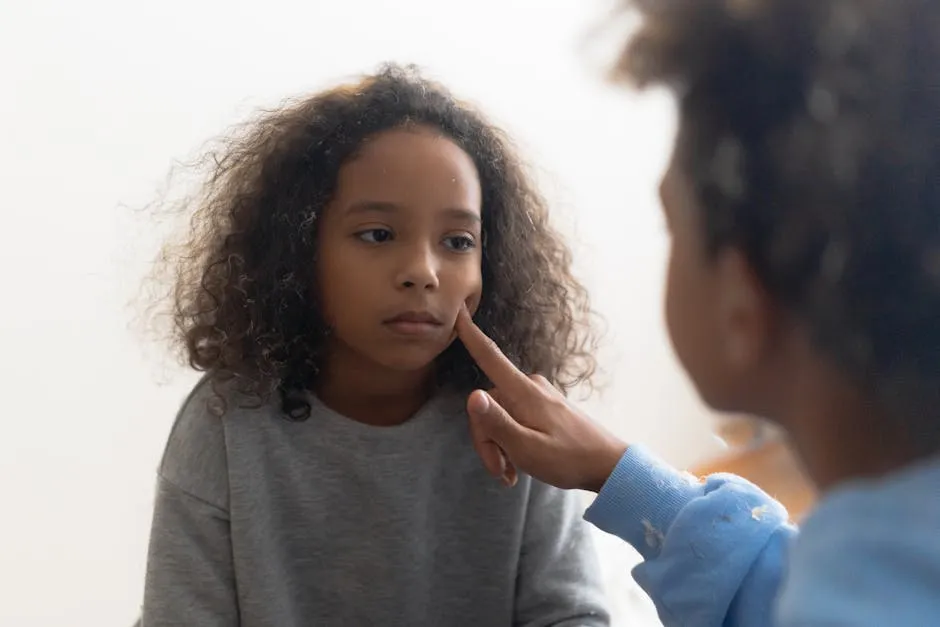
Role of Educators and Community
The responsibility to protect children extends beyond their homes. Educators play a pivotal role in identifying and reporting abuse. They interact with children daily and can often discern changes in behavior that may indicate distress. Community awareness is equally vital in preventing childhood abuse. Programs that educate parents, teachers, and community members about the signs of abuse can create a safer environment for children. Resources for reporting suspected abuse should be readily available. Hotlines and local organizations can provide immediate support for those who suspect a child may be in danger. If you’re considering community activities, Aromatherapy Diffuser for Relaxation can create a calming atmosphere during workshops. By fostering a collective sense of responsibility, we can unite to protect our most vulnerable members. Together, we can create a society where every child feels safe and supported.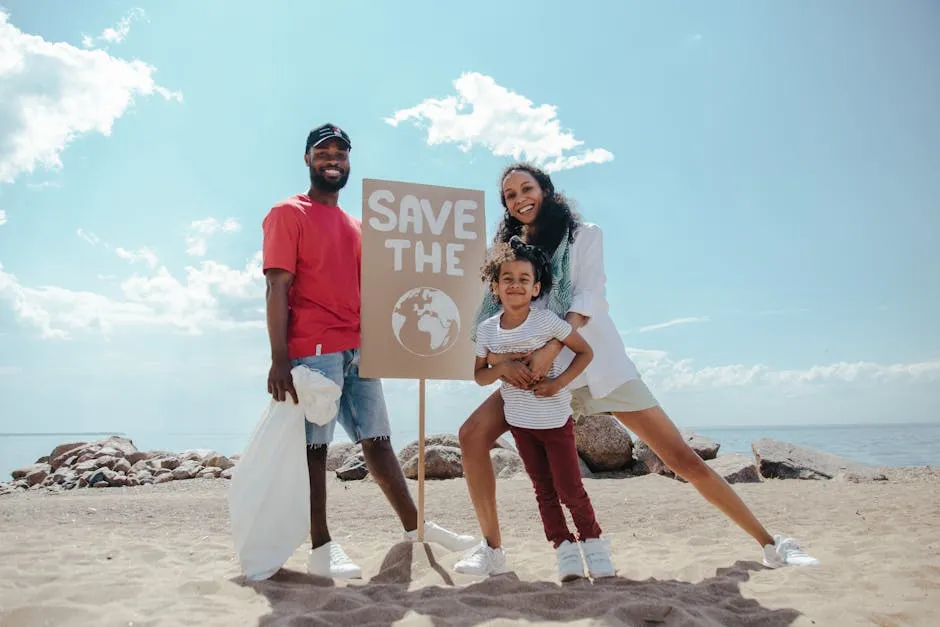
Prevention and Recovery
Preventive Measures
Community programs play a vital role in preventing childhood abuse. These initiatives help raise awareness and provide resources to families. And let’s be real—who doesn’t need a little extra support sometimes? Local organizations often run workshops, providing education on parenting skills. These workshops can cover everything from effective discipline methods to recognizing warning signs of abuse. The goal? To equip parents with tools that foster healthy relationships with their children. For creative expression, Art Supplies for Creative Expression can be a wonderful addition to these workshops. Schools also offer prevention programs. Programs that teach children about their rights and how to speak up are crucial. Teaching kids about body autonomy and consent can empower them. It gives them the confidence to say “no” when something feels wrong. Another impactful approach is community outreach. Events like family fun days can bring neighborhoods together. They help promote positive parenting and provide a space where families can connect. In such environments, parents can share experiences and support one another, fostering a sense of community. For relaxation during these events, consider using a Weighted Blanket for Anxiety Relief to create a soothing environment.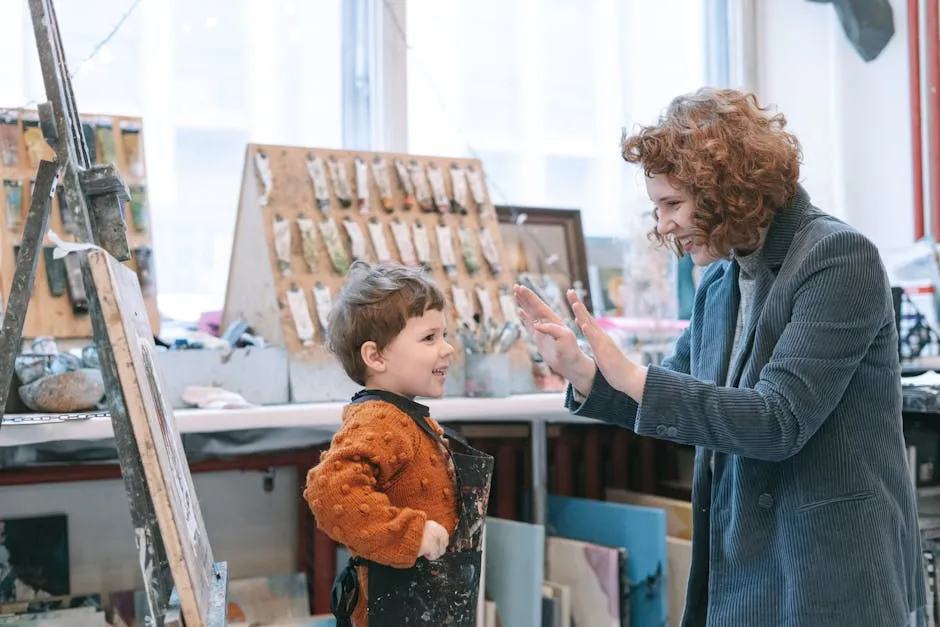
Recovery Resources
Recovery resources are essential for victims of childhood abuse. Therapy remains a cornerstone of healing. Many organizations offer trauma-informed therapy, tailored to meet individual needs. These services help survivors process their experiences and develop coping strategies. If you’re interested in therapeutic reading, The Healing Power of Emotion is an excellent resource. Support groups are another great resource. They allow survivors to share their stories in a safe environment. This shared experience can be incredibly validating. Knowing you’re not alone can help break the isolation that often accompanies abuse. Advocacy organizations also play a key role. They assist survivors in navigating the legal system and obtaining necessary services. These organizations often provide hotlines for immediate support. Just a call away, they offer someone to talk to in a moment of crisis. For those looking for self-care tools, Essential Oils Starter Kit can be a great addition to your recovery toolkit.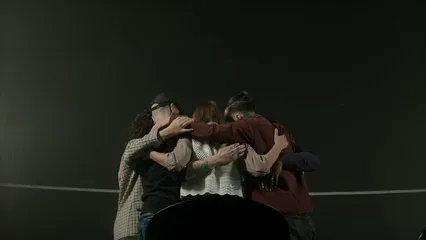

Visual Representation of Recovery
Images can significantly impact the perception of recovery. Uplifting visuals, such as photos of smiling, thriving individuals, can symbolize hope. Think of images that capture the essence of resilience—children laughing, families embracing, or individuals achieving personal milestones. For those interested in mindfulness practices, a Yoga Mat for Mindfulness Practice can enhance these experiences. These visuals can help shift the narrative surrounding childhood abuse. They remind us that healing is possible. With the right support, survivors can reclaim their lives and thrive. Images showing community support, such as group therapy sessions or community events, can foster a sense of unity. They highlight that recovery isn’t just a personal journey; it’s often a collective one. By incorporating these images into awareness campaigns, we can inspire hope and encourage those in need to seek help. After all, the road to recovery is brighter when we walk it together.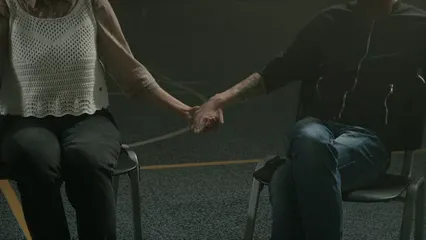
FAQs
What are the most common forms of childhood abuse?
Childhood abuse comes in various flavors, and unfortunately, they’re all too common. The primary types include: 1. **Physical Abuse**: This involves intentional harm, like hitting or kicking. It’s the type that often leaves visible marks, but not always. 2. **Emotional Abuse**: This is like a ninja strike—sneaky and hard to detect. It includes verbal assaults, constant criticism, and rejection, which can damage a child’s self-esteem. 3. **Sexual Abuse**: This horrific form involves any sexual act forced upon a child. Sadly, it’s more prevalent than many realize. 4. **Neglect**: Think of this as the silent killer. It happens when caregivers fail to provide basic needs—food, shelter, love. Neglect affects a child’s development profoundly. Statistics show that neglect accounts for about 74% of reported abuse cases, while physical abuse makes up around 17%. Sexual abuse is also a major concern, impacting approximately 10.6% of children. These numbers are alarming, and they highlight the urgent need for intervention and education.
How can I help prevent childhood abuse?
Preventing childhood abuse is a mission we can all join. Here are some actionable steps: 1. **Educate Yourself and Others**: Knowledge is power! Learn the signs of abuse and share that information with friends and family. 2. **Support Local Organizations**: Donating time or resources to child advocacy groups can make a significant impact. Every little bit helps! 3. **Be a Positive Role Model**: Show kids what healthy relationships look like. Teach them about respect, kindness, and empathy. 4. **Encourage Open Communication**: Create a safe space for children to speak up about their feelings. Let them know it’s okay to ask for help. 5. **Report Suspected Abuse**: If you suspect a child is being abused, report it. It’s better to be safe than sorry! By taking these steps, you can be part of the solution and help protect the most vulnerable among us.
Where can I report suspected child abuse?
If you suspect child abuse, do not hesitate to act. Reporting can save a life. Here are some resources to guide you: – **National Child Abuse Hotline**: Call 1-800-4-A-CHILD (1-800-422-4453) for 24/7 assistance. They provide support and can direct you to local resources. – **Child Protective Services (CPS)**: Each state has its own CPS agency. Look up your state’s CPS website for specific reporting guidelines. – **Local Law Enforcement**: In emergencies, always call 911. Law enforcement can take immediate action and ensure a child’s safety. Remember, reporting is confidential, and you could be the voice a child desperately needs.
What are the long-term effects of childhood abuse?
The aftermath of childhood abuse can be devastating. Survivors often carry emotional and psychological scars into adulthood. Here are some common long-term effects: 1. **Mental Health Issues**: Many survivors face anxiety, depression, or PTSD. These conditions can linger for years, affecting daily life. 2. **Relationship Difficulties**: Trust issues can arise, making it challenging to form healthy relationships. Survivors may struggle with intimacy or fear abandonment. 3. **Substance Abuse**: Some may turn to drugs or alcohol as a coping mechanism, which can lead to a downward spiral. 4. **Educational Challenges**: The trauma can impact concentration and motivation, leading to difficulties in school or work. 5. **Cycle of Abuse**: Alarmingly, about 70% of individuals who experienced abuse as children may become abusers themselves. This perpetuates the cycle of violence. Breaking this cycle is crucial. It starts with awareness, education, and compassion. By understanding the long-term effects, we can better support survivors on their journey to healing.
To better understand the importance of addressing childhood abuse, check out this informative piece on introduction to statistical learning with python book length.
All images from Pexels




